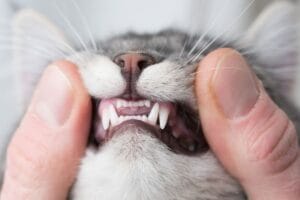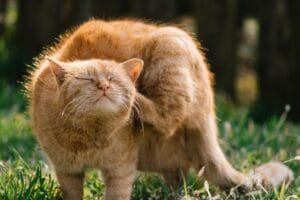How to Get Kittens to Drink Water
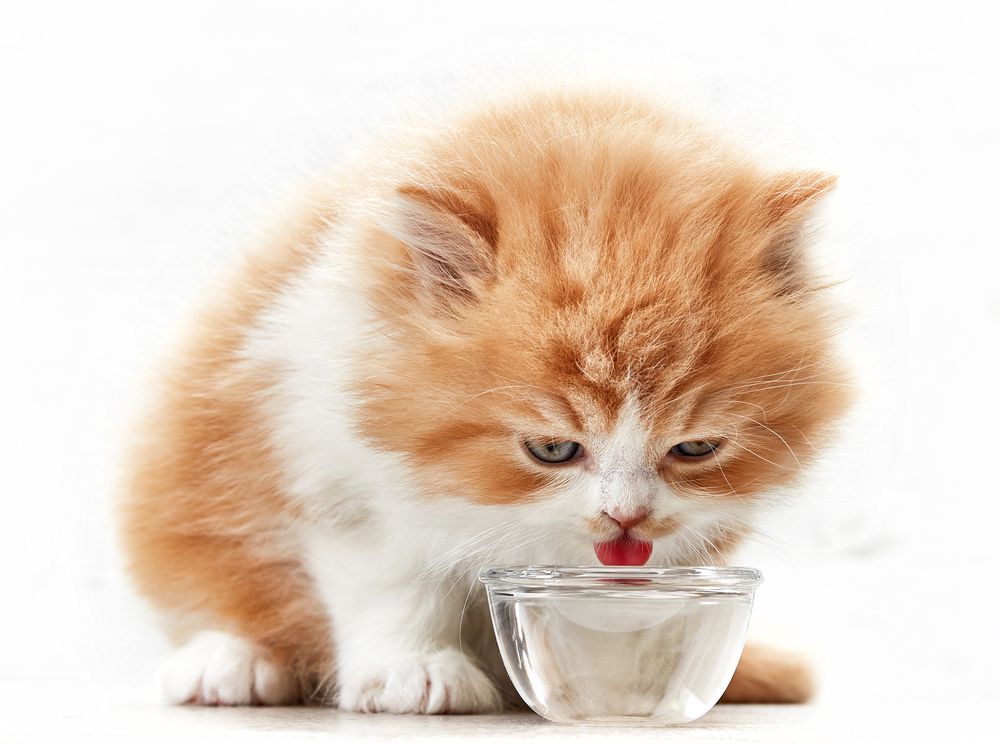
As a responsible cat owner, ensuring proper hydration for your kittens is essential for their overall health and well-being. However, it’s not uncommon for kittens to be finicky when it comes to drinking water. They may show a lack of interest or simply neglect drinking water. This is why it’s important to know how to get kittens to drink water.
Understanding a Kitten’s Water Needs
Kittens have unique water requirements that are crucial for their growth and development. It’s important to recognize that their water needs differ from those of adult cats. As active and growing little creatures, kittens have a higher metabolism and require more water per pound of body weight. Proper hydration is vital for their overall health, as it supports essential bodily functions such as digestion, nutrient absorption, and circulation.
Understanding the specific water needs of kittens is essential for their health. Here’s a simple guide:
- Kittens up to three months old (weighing around 1.4kg) need about 70ml of water daily.
- Six-month-old kittens (weighing about 2.7kg) require around 135ml of water per day.
- Medium-sized cats (weighing about 4kg) should drink roughly 200ml of water daily.
- Larger cats (weighing around 6kg) need approximately 300ml of water each day.
It’s important to note that kittens obtain a significant portion of their hydration from their mother’s milk during the early stages of their lives. However, as they transition to solid foods, it becomes essential to introduce them to drinking water independently. This encourages them to develop healthy drinking habits and ensures they meet their hydration needs as they grow.
Providing Fresh and Clean Water
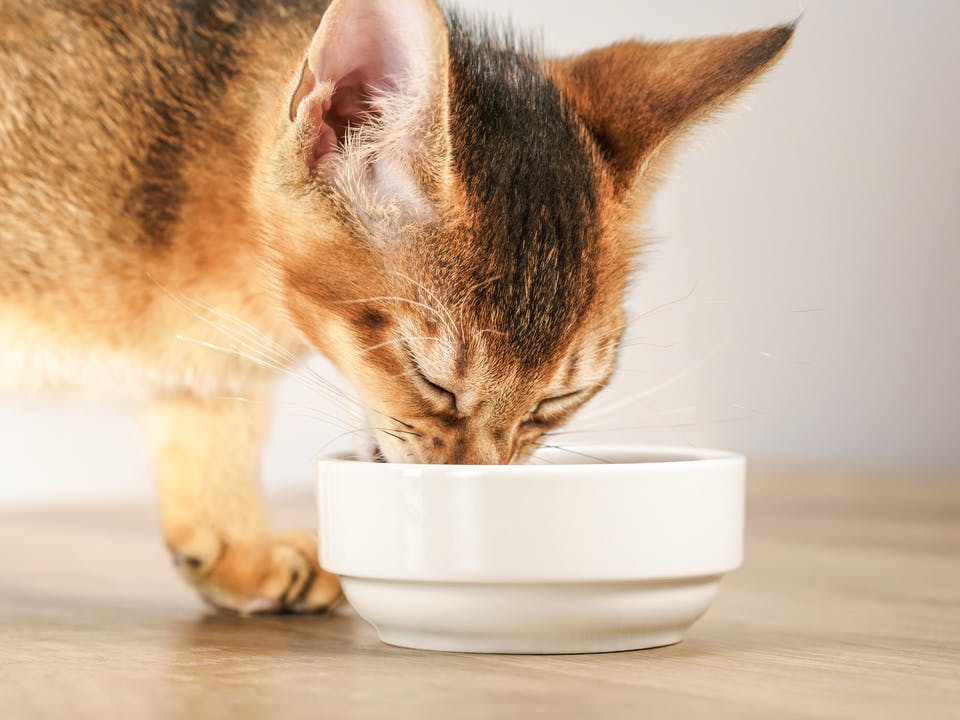
Freshness is key when it comes to water for kittens. Ensure that their water bowl or fountain is always clean and filled with fresh water. Cats are naturally attracted to moving water, so a water fountain can be a great investment to entice them to drink more.
- Clean the water bowl regularly: Wash the water bowl with mild soap and rinse it thoroughly to remove any bacteria or residue. Cats have a sensitive sense of smell, so keeping the bowl clean will ensure the water is appealing to them.
- Replace the water frequently: Kittens prefer fresh water, so make it a habit to replace the water in their bowl at least once or twice a day. This will prevent the water from becoming stagnant and unappetizing.
- Use filtered water: If your tap water has a strong chlorine or chemical smell, consider using filtered water to fill your kitten’s water bowl. This will improve the taste and odor, making it more enticing for them to drink.
- Invest in a water fountain: Cats are instinctively drawn to moving water, as it mimics the natural flow of water in the wild. A water fountain provides a continuous stream of fresh water, which can be very appealing to kittens. The sound and motion of the water can encourage them to drink more frequently.
- Place water bowls strategically: It’s a good idea to have multiple water bowls placed in different areas of your home. This ensures that your kittens have easy access to water wherever they are and encourages them to drink more throughout the day.
By providing fresh and clean water in an enticing way, you can increase the likelihood of your kitten drinking an adequate amount of water and staying properly hydrated. In the next section, we will explore other strategies to encourage water consumption in kittens.
Enhancing Water Appeal
To make water more appealing to your kitten, consider the following strategies:
- Use shallow bowls or plates: Kittens may find it easier to drink from shallow containers, so try using wide and shallow bowls. This allows them to comfortably access the water without having to dip their whole face into a deep bowl.
- Offer water in different locations: Place multiple water sources around your home to make it more accessible for your kitten. This is particularly important if you have multiple floors or rooms. Having water available in different areas encourages them to drink more frequently and eliminates the need for them to search for water when they feel thirsty.
- Add ice cubes or chilled water: During hot weather, kittens may be more inclined to drink if the water is cool. Adding a few ice cubes to their water bowl or providing chilled water can make it more enticing and refreshing for them.
- Use flavored water or low-sodium chicken broth: As a temporary measure, you can add a small amount of flavor to the water to pique your kitten’s interest. Use low-sodium chicken broth or cat-friendly flavorings, but ensure that it is only a small proportion of the water. This can be particularly helpful if your kitten is hesitant to drink plain water or is transitioning from milk to water.
- Monitor water temperature: Some kittens are sensitive to the temperature of their water. Test the water temperature with your hand before offering it to your kitten. It should be lukewarm, neither too hot nor too cold, to encourage them to drink comfortably.
Remember, it’s essential to provide fresh, clean water in addition to these strategies. Cats have a keen sense of smell, and any odor or impurities in the water can deter them from drinking. By implementing these techniques, you can encourage your kitten to drink water regularly and ensure they stay properly hydrated.
Encouraging Water Consumption
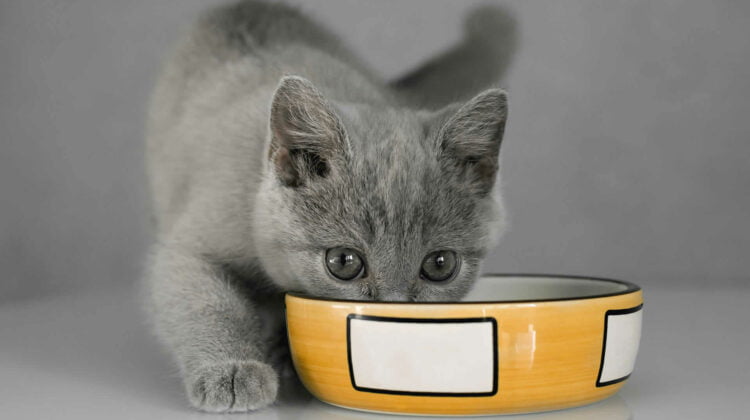
To encourage your kitten to drink water, there are several strategies you can try. Wet food is an excellent option as it contains higher moisture content compared to dry kibble, contributing to your kitten’s overall water intake. You can incorporate wet food into their diet either as a standalone meal or by mixing it with dry kibble.
Another approach is gradually increasing the water content in your kitten’s wet food by adding a small amount of water. Start with a teaspoon of water and gradually increase the amount over time. This not only provides extra hydration but also creates a soupy texture that your kitten may find more appealing.
Incorporating water into playtime and grooming can also help your kitten develop a positive association with water. Use interactive toys that dispense water or incorporate water into play sessions. There are toys specifically designed to release water when played with, stimulating your kitten’s curiosity and encouraging them to drink. Additionally, misting them with a spray bottle during grooming can help them become more comfortable with water.
Consider offering different water sources to see what your kitten prefers. Some kittens are attracted to running water, so using a cat water fountain can be beneficial. The continuous flow of water mimics a natural water source and can capture your kitten’s attention.
Monitoring your kitten’s water intake is important to ensure they stay properly hydrated. Keep track of how much water they consume daily and look out for any signs of dehydration. If you notice a decrease in water intake or concerning symptoms, it’s advisable to consult with a veterinarian for further guidance.
Addressing Potential Concerns
Monitoring your kitten’s water intake is crucial to ensure their well-being. Here are some key points to consider when addressing potential concerns:
- Monitor water intake: Keep an eye on how much water your kitten is drinking throughout the day. A healthy kitten typically consumes between 3 to 4 ounces of water per pound of body weight. Look for signs of dehydration, such as lethargy, dry gums, or sunken eyes. If you notice a significant decrease in their water intake or signs of dehydration, seek veterinary attention.
- Consult a veterinarian: If you have concerns about your kitten’s water consumption or overall hydration, reach out to your veterinarian. They can provide a comprehensive evaluation and determine if there are any underlying health issues contributing to the reduced water intake. They may recommend specific strategies or treatments to address the concern.
- Provide proper hydration alternatives: If your kitten consistently refuses to drink water, consult with your veterinarian about alternative hydration options. They may recommend using a syringe or a pet-specific oral rehydration solution to ensure your kitten receives adequate fluids.
- Address potential health issues: Certain medical conditions, such as urinary tract infections or kidney problems, can affect a kitten’s water intake and hydration levels. If you suspect an underlying health issue, seek veterinary advice for proper diagnosis and treatment.
Remember, prevention is key when it comes to maintaining your kitten’s hydration. By implementing the strategies mentioned earlier and being attentive to any changes in their water intake or behavior, you can help ensure that your kitten stays properly hydrated and healthy.
Always consult with your veterinarian for personalized advice based on your kitten’s specific needs and circumstances. They are the best resource to provide tailored guidance and address any concerns regarding your kitten’s water consumption and overall health.
Conclusion
Ensuring that your kitten stays properly hydrated is vital for their overall health. By providing fresh and appealing water sources, such as using a water fountain or shallow bowls, and incorporating wet food into their diet, you can increase their water intake. Additionally, using creative strategies like adding ice cubes or flavored water, and incorporating water into playtime and grooming can further encourage your kitten to drink water.
Remember, it may take time for your kitten to develop good hydration habits, so be patient and persistent in your efforts. By following these tips, you can help ensure that your kitten maintains proper hydration for optimal health and well-being.
